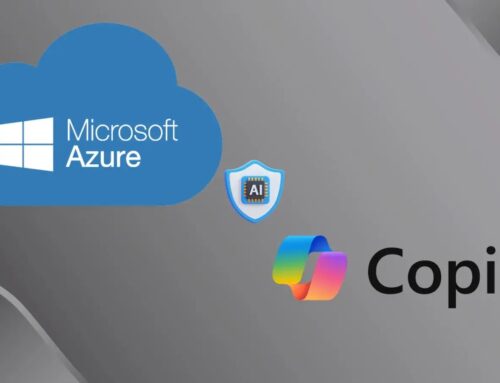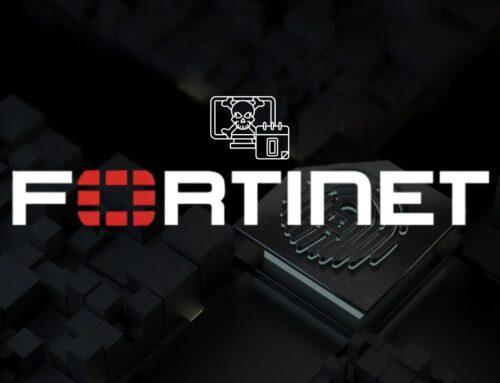
Eurofiber Data Breach – Hackers Exploited Vulnerability to Exfiltrate Users’ Data
Eurofiber Data Breach: Unpacking the Vulnerability, Exposure, and Remediation
The digital infrastructure we rely on is only as strong as its weakest link. A recent security incident at Eurofiber France starkly illustrates this reality, where a critical software vulnerability led to the exfiltration of user data. This breach, impacting Eurofiber France and its regional brands like Eurafibre, FullSave, Netiwan, and Avelia, along with the ATE customer portal, serves as a crucial reminder of the persistent threats facing even sophisticated organizations.
The Attack Vector: Exploiting a Software Vulnerability
On November 13, 2023, malicious actors successfully targeted Eurofiber’s ticket management platform and customer portal systems. The method of entry was a specific software vulnerability. While the official source doesn’t explicitly name a CVE, such incidents typically stem from known or zero-day flaws in third-party applications or custom-built platforms. The exploitation of this vulnerability allowed unauthorized access, culminating in data exfiltration.
Understanding the nature of the vulnerability is paramount for preventing similar attacks. Software vulnerabilities often arise from:
- Input Validation Errors: Leading to SQL injection or cross-site scripting (XSS) attacks.
- Authentication/Authorization Flaws: Allowing attackers to bypass login mechanisms or escalate privileges.
- Broken Access Control: Granting users more access than intended.
- Outdated Software: Unpatched systems are a prime target for attackers exploiting publicly known vulnerabilities.
Impact and Data Exfiltration
The attackers successfully exfiltrated user data, a concerning outcome for any organization. While the precise types of data compromised are not fully detailed in the initial report, data exfiltration from customer-facing platforms typically involves highly sensitive information, such as:
- Customer names and contact details (email addresses, phone numbers, physical addresses).
- Account information, including usernames and potentially hashed passwords (though hopefully not in plaintext).
- Service details and historical interaction data from the ticket management system.
The compromise of such data carries significant risks, including identity theft, phishing attacks, and further targeted cyber campaigns against Eurofiber’s customers.
Remediation Actions: Fortifying Defenses
Effective remediation following a data breach is a multi-faceted process that goes beyond simply patching the exploited vulnerability. It requires a comprehensive approach:
- Vulnerability Patching and System Hardening: Immediately apply all available security patches for the exploited software. Conduct a thorough review of all systems connected to the affected platform to identify and remediate any other potential weaknesses.
- Forensic Investigation: A detailed forensic analysis is crucial to determine the full scope of the breach, including how the vulnerability was exploited, what data was accessed, and the duration of the unauthorized access.
- Password Resets and Multi-Factor Authentication (MFA): Advise all potentially affected users to reset their passwords. Strongly encourage or enforce the use of MFA across all customer portals and internal systems to add an extra layer of security.
- Security Audits and Penetration Testing: Conduct regular, independent security audits and penetration tests on all critical systems, focusing on web applications, APIs, and cloud infrastructure.
- Employee Training: Reinforce cybersecurity best practices among employees, particularly regarding phishing awareness, secure coding practices, and incident response protocols.
- Enhanced Monitoring: Implement advanced threat detection and response (EDR/XDR) solutions. Strengthen intrusion detection systems (IDS) and intrusion prevention systems (IPS) to detect and block suspicious activities in real-time.
- Supply Chain Security Review: If the vulnerability originated in a third-party product or service, conduct a thorough review of supply chain security practices to mitigate future risks.
Tools for Detection and Mitigation
Proactive security measures and robust incident response tools are essential for preventing and addressing vulnerabilities. Here are some relevant categories and examples of tools:
| Tool Name | Purpose | Link |
|---|---|---|
| Tenable Nessus | Vulnerability Scanning & Management | https://www.tenable.com/products/nessus |
| Qualys VMDR | Vulnerability Management, Detection & Response | https://www.qualys.com/security-solutions/vmdr/ |
| OWASP ZAP | Dynamic Application Security Testing (DAST) | https://www.zaproxy.org/ |
| Burp Suite | Web Application Penetration Testing & Security Testing | https://portswigger.net/burp |
| Splunk Enterprise Security | SIEM (Security Information and Event Management) | https://www.splunk.com/en_us/software/splunk-enterprise-security.html |
| CrowdStrike Falcon Insight XDR | Extended Detection and Response (XDR) | https://www.crowdstrike.com/products/endpoint-security/falcon-insight-xdr/ |
Lessons Learned from the Eurofiber Incident
The Eurofiber data breach underscores critical lessons for all organizations maintaining online platforms and managing sensitive user data. The incident highlights the continuous need for rigorous security posture assessments, proactive vulnerability management, and a robust incident response plan. Ignoring software vulnerabilities, whether in custom code or third-party components, creates exploitable entry points for malicious actors. Organizations must prioritize security not as a static compliance checkbox, but as an evolving, integral part of their operational framework to safeguard data and maintain customer trust.





